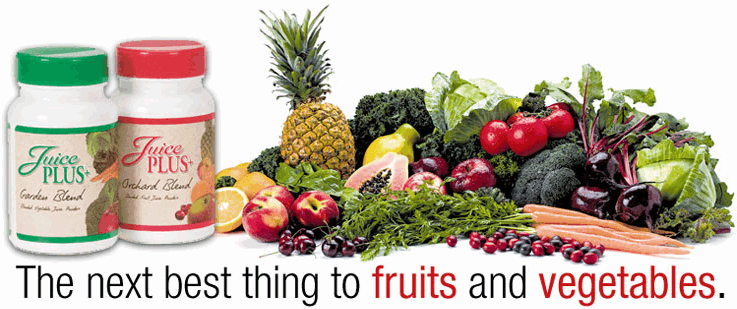Are you looking for a milk alternative? If you are wondering why you should be, then please
read my post on milkWell, we try to limit our dairy consumption to occasional cheese or ice cream for a treat, so when it comes time for eating cereal, we have used rice milk for years. I recommend rice milk over soy milk because soy is quite difficult to digest.
Rice Dream costs about $3.50 per 1 liter box, and our family of 6 easily finishes a whole box for one breakfast. In learning to be frugal, I started thinking....maybe I can make my own rice milk. I haven't really looked into it, because I think it may be complicated (but I still will try to find out at some point), but I realized that I could do what I used to do when I was weaning the boys and wanted to introduce a highly nutritious "milk" for them. I made seed and nut milks!
Raw nuts and seeds are highly nutritious and can be made into butters, and yes MILKS, for babies and adults alike. The most nutritious are almonds, walnuts, hazelnuts, sunflower seeds, pumpkin seeds.
I prefer Almonds to the others for milk due to their mild taste. Here is how to do it:
1/2 to 3/4 cup raw almonds (depends on how full you want the flavor to be. I used 1/2 c)
3or 4 dates (for a little sweetness)
water
1. Put the almonds and dates(pitted) in your Vitamix or blender. (more on this below)
2.Cover with water not much above the level of the food
3.Blend on high till smooth, adding only as much water as needed to blend. It will be thick.
4. Add water until liquid consistency.
5. Strain through fine mesh strainer, and again through cheesecloth (I used a clean cloth diaper/burprag) DO NOT THROW AWAY ALMOND MUSH! This is nutritious stuff and can be used in your next smoothie or added to pancakes or cookies. Use within a day or freeze for future use.
6. Your milk should be nice and smooth, free of particles. Add as much water as you want to achieve the consistency and flavor you want. I made 1 L of milk from 1/2 c almonds & 3 dates.
Pour on your quick and easy homemade granola or other cereal and enjoy! Also delicious to drink.
Note: this milk will not keep for more than a day or two in the fridge. Use the same day for best taste and nutrition.
About the blender: Work like this is tough on a regular blender. It can be done although it will wear your blender down quickly. For regular smoothie making, nut milk making, creamy soup blending, and other yummy stuff, I highly recommend a Vitamix or similar blender. I use mine every day and love it!
 I love watermelon, I always have. Crunchy and refreshing, it’s the Perfect Snack For Summertime When You Don’t Have Air Conditioning In Your House. (That’s pretty common in Israel)
I love watermelon, I always have. Crunchy and refreshing, it’s the Perfect Snack For Summertime When You Don’t Have Air Conditioning In Your House. (That’s pretty common in Israel)










